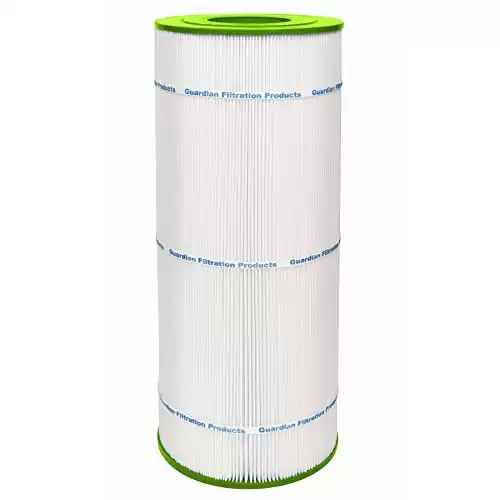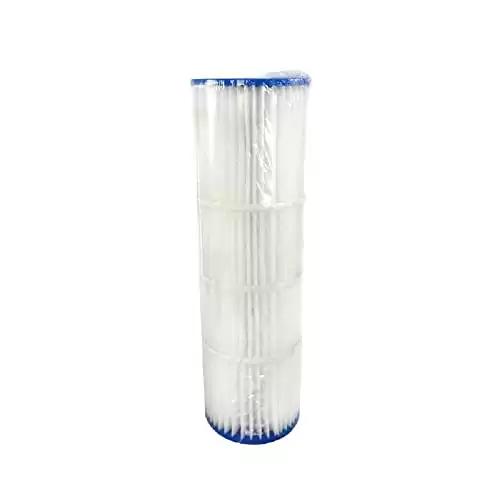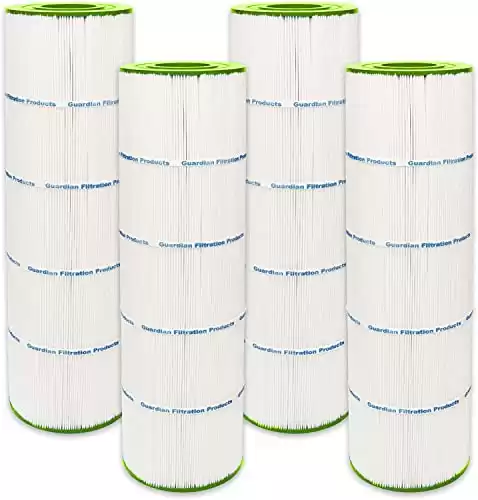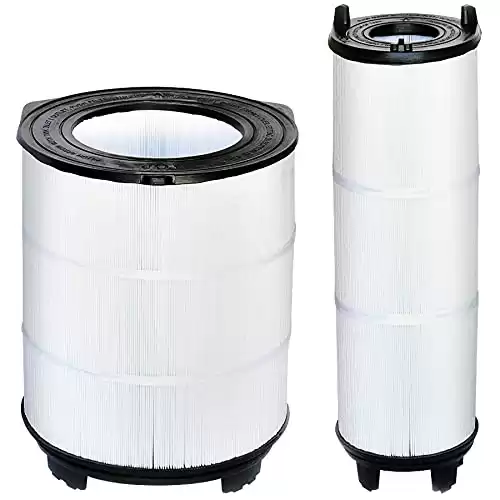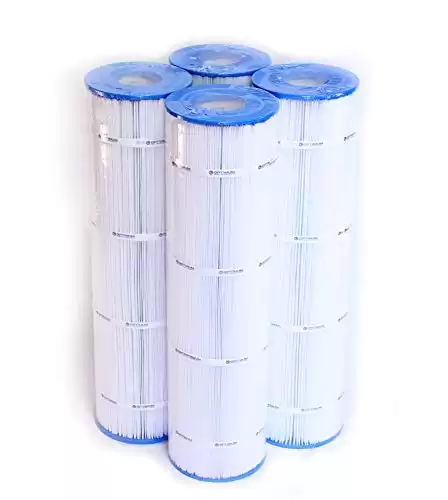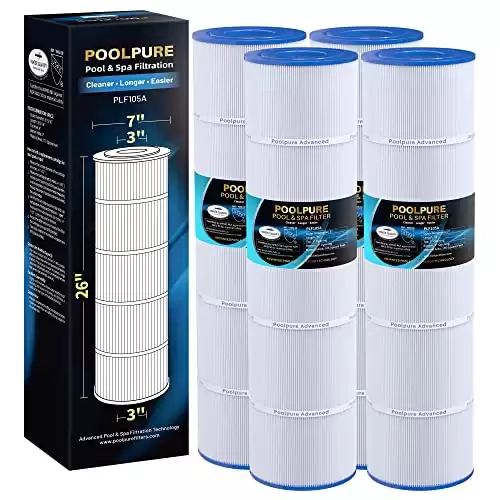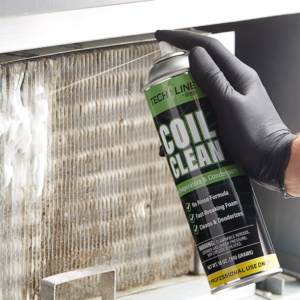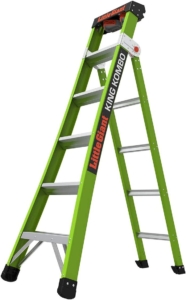How to Use a Pool Filter for Crystal Clear Water: Guide
Welcome to the guide on using a pool filter to maintain crystal-clear water in your swimming pool. A vital pool filter removes impurities and ensures a clean and healthy swimming environment. This guide will walk you through the step-by-step process of operating a pool filter, essential equipment and tools, maintenance tips, and important safety considerations. By the end, you’ll know to keep your pool water sparkling and inviting.
Here are the names of the top pool filters:
- Pentair Clean & Clear Plus Cartridge Filter
- Jandy CL Series Cartridge Filter
- Sta-Rite System 3 Modular Media Filter
- Hayward SwimClear Cartridge Filter
- Pentair Quad D.E. Filter
- Hayward ProGrid D.E. Filter
Understanding Pool Filters
Before diving into the operational details, let’s better understand the different types of pool filters available in the market. The three main types are sand filters, cartridge filters, and diatomaceous earth (DE) filters. Each type has its unique characteristics and maintenance requirements.
Essential Equipment and Tools
To effectively use a pool filter, you’ll need the necessary equipment and tools. Here’s a checklist to ensure you’re well-prepared:
– Pool filter unit (specific to your chosen type)
– Filter media (sand, cartridges, or DE powder)
– Pool test kit
– Backwash hose
– Skimmer net and brush
– Pressure gauge
– Pool cover (optional but recommended)
Regular maintenance tools such as a pool vacuum, telescopic pole, and chemical test kit are vital for overall pool upkeep.
Step-by-Step Guide to Using a Pool Filter
Now that you’re familiar with the equipment let’s dive into the step-by-step process of using a pool filter.
Preparing the Pool Filter for Operation
Before turning on the filter, it’s essential to ensure everything is properly working. Follow these steps:
Checking and Cleaning the Filter Elements
Inspect the filter elements, whether sand, cartridges, or DE grids. Clean or replace them as needed to maintain optimal filtration efficiency.
- Locate the filter elements: Depending on the type of filter system you have, the filter elements may be found in various places such as air conditioning units, vacuum cleaners, water filtration systems, etc. Refer to the user manual or manufacturer’s instructions to identify the specific location of the filter elements.
- Switch off and unplug the device: Before attempting to check or clean the filter elements, ensure that the device is turned off and disconnected from the power source. This is important for your safety and to avoid any damage to the equipment.
- Remove the filter elements: Once the device is safely disconnected, carefully remove the filter elements from their housing. This may involve unscrewing or unlatching the filter compartment, depending on the design.
- Inspect the filter elements: Examine the filter elements for dirt, dust, debris, or any signs of damage. If you notice excessive buildup or visible damage, it’s recommended to replace the filter elements rather than attempting to clean them.
- Clean the filter elements (if applicable): Some filter elements are designed to be cleaned and reused, while others are disposable and should be replaced. If your filter elements are washable, follow these steps:a. Tap or shake: Gently tap or shake the filter elements to dislodge loose dirt and debris. b. Rinse with water: If permitted by the manufacturer, rinse the filter elements with water. Use a gentle stream of water or immerse the filter elements in a sink or bucket filled with clean water. Avoid using hot water, as it may damage certain types of filters. c. Use mild detergent (if necessary): If the filter elements are particularly dirty, you can use a mild detergent specifically recommended by the manufacturer. Dilute the detergent in water and soak the filter elements for the specified duration. Then rinse thoroughly to remove any soap residue. d. Allow the filter elements to dry: After cleaning, place the filter elements in a well-ventilated area and allow them to air dry completely. Ensure they are fully dry before reinserting them into the device.
- Reinstall the filter elements: Once the filter elements are dry, carefully place them back into their respective housing, ensuring they are properly aligned and securely seated. Follow the manufacturer’s instructions for the correct installation procedure.
- Reassemble the device: After the filter elements are reinstalled, reassemble the device by securing any fasteners or latches that hold the filter compartment in place.
Ensuring Proper Water Levels and Chemical Balance
Verify that the water level in the pool is adequate, as low water levels can strain the pump. Test the water’s chemical balance using a pool test kit and adjust as necessary.
To check the water levels and chemical balance of your pool, follow these steps:
- Gather the necessary equipment: You will need a pool water testing kit, which typically includes test strips or liquid reagents to measure various chemical levels in the water. Ensure that your testing kit is in good condition and has not expired.
- Check the water level: Use a pool skimmer or a dedicated water level indicator to check the water level of your pool. The water level should generally be at the midpoint of the pool skimmer or within the manufacturer’s recommended range. If the water level is too low, you can use a garden hose to add water until it reaches the desired level.
- Test the pH level: Dip a test strip or use a liquid reagent from your pool water testing kit to measure the pH level of the pool water. Follow the instructions provided with your testing kit to obtain an accurate reading. The ideal pH range for pool water is typically between 7.2 and 7.8. Adjust the pH level as necessary using pH increaser (pH up) or pH reducer (pH down) products, following the manufacturer’s instructions.
- Test the chlorine level: Use your testing kit to measure the chlorine level in the pool water. Chlorine helps disinfect the water and maintain sanitation. The recommended chlorine level may vary depending on the type of pool and the specific guidelines provided by the manufacturer or local health department. Generally, a safe range for free chlorine is between 1 and 3 parts per million (ppm). Adjust the chlorine level by adding chlorine tablets, liquid chlorine, or shock treatments, following the manufacturer’s instructions.
- Test other chemical levels (optional): Depending on your testing kit and pool maintenance requirements, you may also test for other chemical levels such as total alkalinity, calcium hardness, and cyanuric acid (stabilizer). Follow the instructions provided with your testing kit to obtain accurate readings, and adjust the chemical levels as necessary.
- Record and track the results: Keep a record of your test results, including the date and readings for each parameter. This will help you monitor the trends and maintain a balanced pool over time.
- Take appropriate action: Based on the test results, add the necessary chemicals or adjust the water balance as recommended by the testing kit instructions or pool maintenance guidelines. Follow the manufacturer’s instructions and be cautious when handling pool chemicals, ensuring you wear appropriate protective gear if required.
| Product Image | Product Name / Price / Primary Button |
|---|---|
Operating the Pool Filter
With the filter prepared, it’s time to start the filtration process. Follow these instructions:
Turning On and Adjusting the Filter Settings
Switch on the pool filter unit and adjust the settings based on the manufacturer’s instructions. This typically involves selecting the appropriate filtration speed and duration.
Monitoring the Pressure Gauge and Backwashing
Regularly monitor the pressure gauge on the filter. If the pressure rises beyond the recommended level, it’s time to perform a backwash. Backwashing cleans the filter media by reversing the water flow, and dislodging trapped debris.
The operating pressure for a pool filter can vary depending on the type of filter and the specific manufacturer’s recommendations. However, as a general guideline:
- Sand filters: The typical operating pressure for a sand filter is around 10-20 pounds per square inch (psi). This pressure can vary depending on factors such as the size of the filter, the amount of sand media, and the flow rate.
- Cartridge filters: The operating pressure for cartridge filters is typically lower than that of sand filters. It usually ranges between 8-15 psi. However, refer to the manufacturer’s guidelines for the specific operating pressure for your cartridge filter model.
- DE (Diatomaceous Earth) filters: DE filters tend to operate at a higher pressure compared to sand or cartridge filters. The operating pressure for a DE filter can range from 15-30 psi. Again, it’s essential to consult the manufacturer’s instructions for the specific operating pressure for your DE filter.
It’s important to note that these pressure ranges are approximate and can vary depending on factors such as the size of the pool, the flow rate, and the condition of the filter media. It’s recommended to refer to the manufacturer’s guidelines or consult a pool professional to determine the appropriate operating pressure for your specific pool filter system.
Maintenance and Troubleshooting
Regular maintenance and troubleshooting are crucial to ensure your pool filter’s longevity and efficiency. Here are some key tasks:
Regular Cleaning and Maintenance Tasks
Periodically clean the filter elements according to the manufacturer’s instructions. This may involve backwashing, rinsing, or replacing filter media. Additionally, clean the skimmer net and brush the pool walls and floor to remove debris.
Common Pool Filter Issues
Address shared pool filter issues such as leaks, reduced water flow, or noisy operation promptly. Refer to the manufacturer’s manual or consult a professional if needed.
Here is a list of common pool filter issues without descriptions:
- High filter pressure
- Low filter pressure
- Cloudy or hazy water
- Algae growth
- Leaks
- Channeling or poor filtration
- Excessive backwashing
- Filter media deterioration
- Filter valve problems
- Filter pump issues
- Clogged or dirty filter
- Inadequate water circulation
- Filter system compatibility issues
- Filter bypass or air entrainment
- Excessive debris in the pool water
- Insufficient filter run time
- Filter pressure gauge malfunction
- Water chemistry imbalance affecting filtration
- Inefficient removal of small particles or contaminants
- Filter system installation or setup errors
Tips for Optimal Performance
In addition to proper filter operation and maintenance, the following tips will help you achieve optimal pool filtration:
- Regular maintenance
- Adequate filtration time
- Proper water chemistry balance
- Skim and clean the pool regularly
- Backwash when necessary
- Monitor and maintain proper filter pressure
- Inspect and repair leaks
- Use appropriate filter media
- Avoid overloading the filter
- Consult the manufacturer’s guidelines
Recommended Filtration Duration and Frequency
Maintain a regular filtration schedule based on the size of your pool and its usage. Generally, running the filter for 6 to 8 hours a day is a good starting point.
Using Pool Covers and Skimmers to Reduce Debris
Covering your pool when it’s not in use helps prevent debris from entering the water, reducing the load on the filter. Additionally, regularly use a skimmer net to remove leaves, bugs, and other floating debris.
Importance of Regular Water Testing and Chemical Balance
Test the pool water regularly using a pool test kit to ensure proper chemical balance. This includes monitoring chlorine, pH levels, alkalinity, and calcium hardness. Proper chemical balance promotes effective filtration and prevents issues like algae growth.
Safety Considerations
While operating a pool filter, it’s essential to prioritize safety. Here are some important safety considerations:
Basic Safety Precautions When Handling Pool Filters
Always follow the safety guidelines provided by the manufacturer. This includes turning off the power before performing any maintenance or repair work and using appropriate personal protective equipment.
Importance of Following Manufacturer’s Instructions and Guidelines
Read and familiarize yourself with the manufacturer’s instructions and guidelines for your pool filter model. This will ensure you operate the filter correctly and avoid potential damage or accidents.
1. Q: How often should I run my pool filter?
A: It’s recommended to run your pool filter for about 6 to 8 hours a day, adjusting the duration based on pool size, usage, and environmental factors.
2. Q: How often should I clean or replace the filter media?
A: The frequency of cleaning or replacing filter media depends on the type of filter. Sand filters require backwashing every 4-6 weeks, while cartridge filters need cleaning every 4-8 weeks. DE filters require backwashing and adding fresh DE powder every 1-2 months.
3. Q: What is backwashing, and how do I do it?
A: Backwashing is the process of reversing the flow of water through the filter to remove trapped debris. To backwash, turn off the pump, set the valve to “backwash,” and run the pump for a few minutes until the water in the sight glass runs clear.
4. Q: How often should I check the pressure gauge on my pool filter?
A: It’s recommended to check the pressure gauge once a week while the filter is running. If the pressure rises 8-10 psi above the normal level, it’s time to backwash or clean the filter.
5. Q: Can I run my pool filter at a higher speed for better filtration?
A: Running the filter at a higher speed can enhance filtration; however, it also consumes more energy. Finding a balance between filtration efficiency and energy consumption is important. Consult the manufacturer’s recommendations for optimal speed settings.
6. Q: What should I do if my pool filter is leaking?
A: If you notice a leak, first check for loose fittings or damaged o-rings and gaskets. Tighten or replace them as necessary. If the leak persists, contact a professional for further assistance.
7. Q: How can I maintain proper water chemistry while using a pool filter?
A: Regularly test the water chemistry using a pool test kit. Adjust the chlorine, pH levels, alkalinity, and calcium hardness as needed to maintain the proper balance. Proper water chemistry helps the filter operate efficiently.
8. Q: Should I cover my pool when the filter is not running?
A: Yes, covering your pool when the filter is not running helps prevent debris from entering the water, reducing the strain on the filter and reducing the need for frequent cleaning.
9. Q: Can I use my pool filter during heavy rain or storms?
A: It’s generally recommended to turn off the pool filter during heavy rain or storms. The filter may struggle to handle excessive debris, and electrical safety concerns may arise. Resume filtration once the weather clears.
10. Q: How long does a pool filter last before it needs replacement?
A: The lifespan of a pool filter depends on various factors, including the type of filter, maintenance, and usage. Sand filters can last around 5-7 years, cartridge filters 2-5 years, and DE filters 7-10 years. Regular maintenance can extend the filter’s lifespan.
Summary: How to Use a Pool Filter
Congratulations! You’ve reached the end of our guide on how to use a pool filter for crystal-clear water. We covered the fundamentals of pool filtration, step-by-step instructions for operating a pool filter, essential maintenance tips, and safety considerations. Applying this knowledge and maintaining a regular pool maintenance routine allows you to enjoy sparkling, inviting water all season long. Remember, a well-maintained pool filter is the key to a clean and healthy swimming pool experience.


